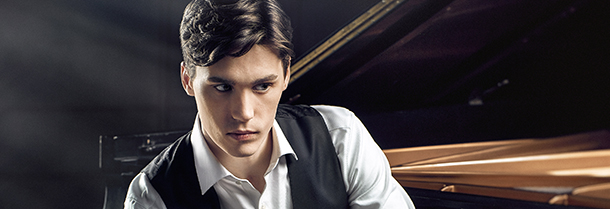Tag: Chopin
-
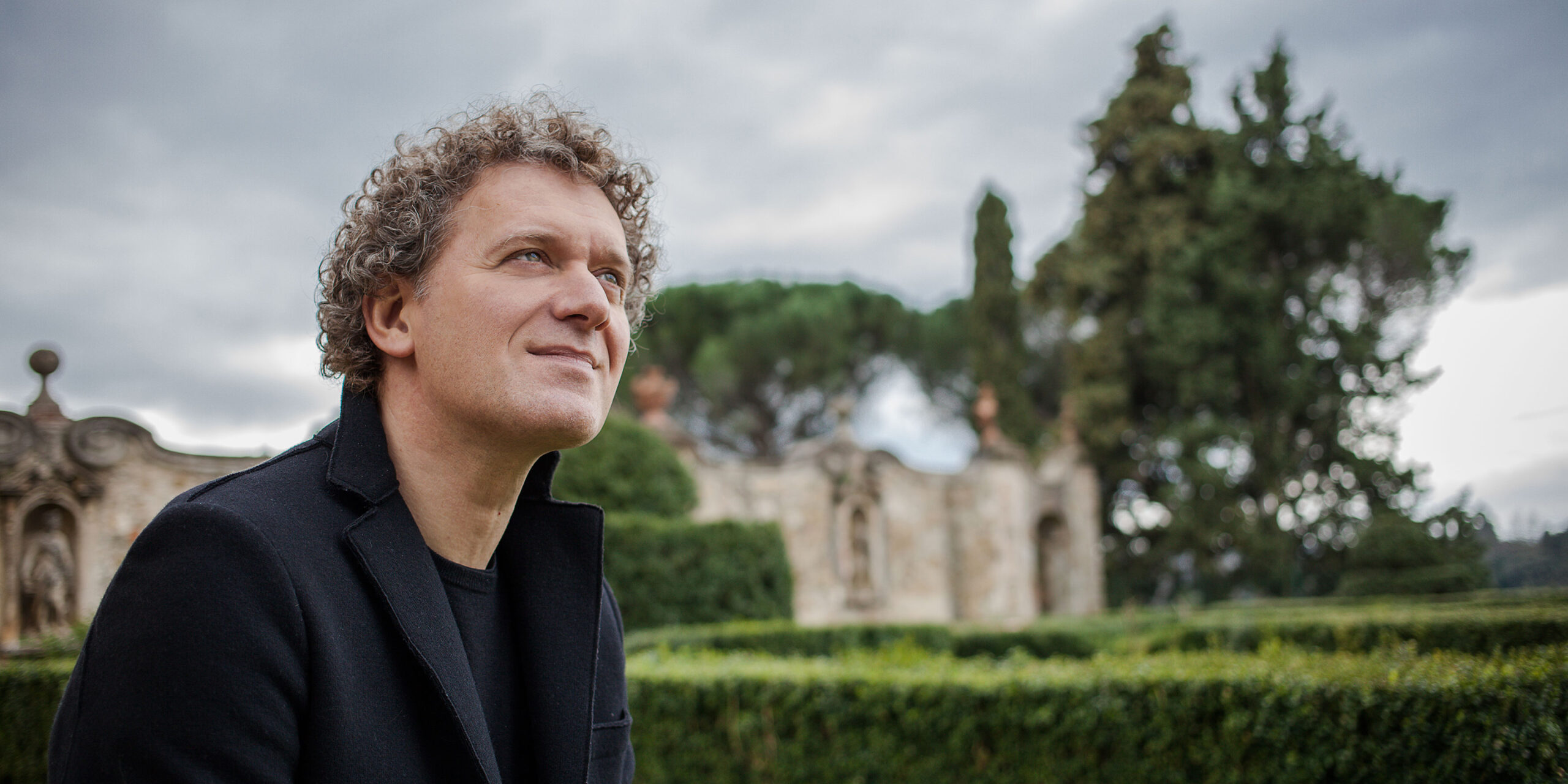
-

-
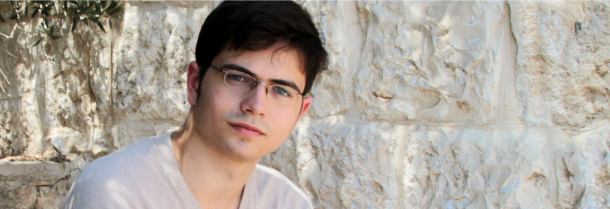
-
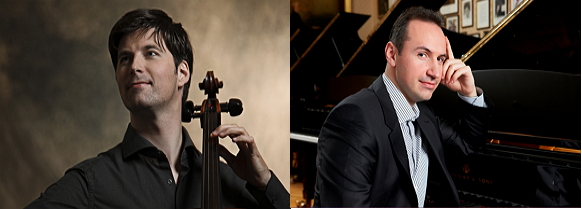
PROGRAM NOTES: DANIEL MÜLLER-SCHOTT & SIMON TRPČESKI
Ludwig van Beethoven Sonata for cello & piano in C major, Op. 102, No. 1 Those who think of sonata form as a well-organized dinner plate – with the red meat in one corner, the mashed potatoes stationed opposite, and peas or broccoli distributed neatly over the remaining space – might be forgiven for thinking…
-
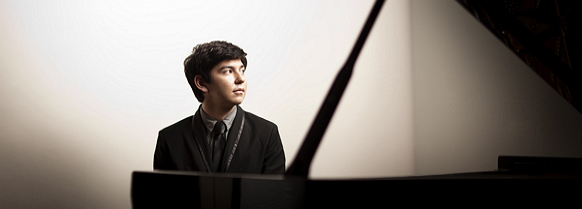
PROGRAM NOTES: BEHZOD ABDURAIMOV
Ludwig van Beethoven: Sonata in A flat, Op. 26 Beethoven begins to move away from the norms of the classical tradition in this unconventional four-movement sonata without a single movement in traditional sonata- allegro form. It opens with a noble, almost ceremonial theme with five variations, all based, to some degree, on the principle of rhythmic…
-
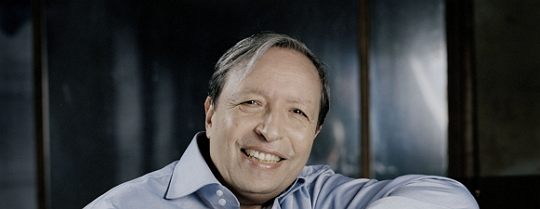
PROGRAM NOTES: MURRAY PERAHIA
Johann Sebastian Bach: French Suite No. 4 in E flat major, BWV 815 Bach composed suites for keyboard, for various solo chamber instruments, and for full orchestra, each comprising a varied and aesthetically balanced collection of dance movements written in the fashionable style of his day. The harmonic task given to each two-section dance is…
-
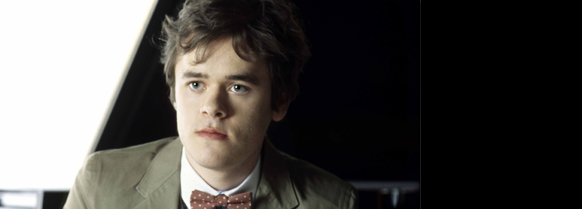
PROGRAM NOTES: BENJAMIN GROSVENOR
J. S. Bach: Five transcriptions Benjamin Grosvenor opens his program with a series of piano transcriptions, a genre that was wildly popular in the late nineteenth and early twentieth centuries, then went out of fashion, and is now making something of a comeback. Transcription – the transferal from one medium to another – is as…
-

SOME THOUGHTS ON OUR UPCOMING 12-13 SEASON
Today we want to share with you a few thoughts and facts about our recently announced 2012-2013 season: UP FIRST: On October 5 András Schiff will open the 33rd season with an all-Bach program. In fact, András was one of the first artists who launched the Vancouver Recital Society in 1981. Like so many…
-
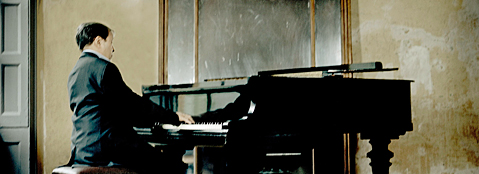
MURRAY PERAHIA…REMINISCENCES
Murray Perahia first came onto my radar in 1972 when he won the Leeds International Piano Competition. I knew Murray’s playing through his recordings but didn’t have the opportunity to hear him live for the first time until 1983, when on a visit to London I was able to attend a recital he gave at…


